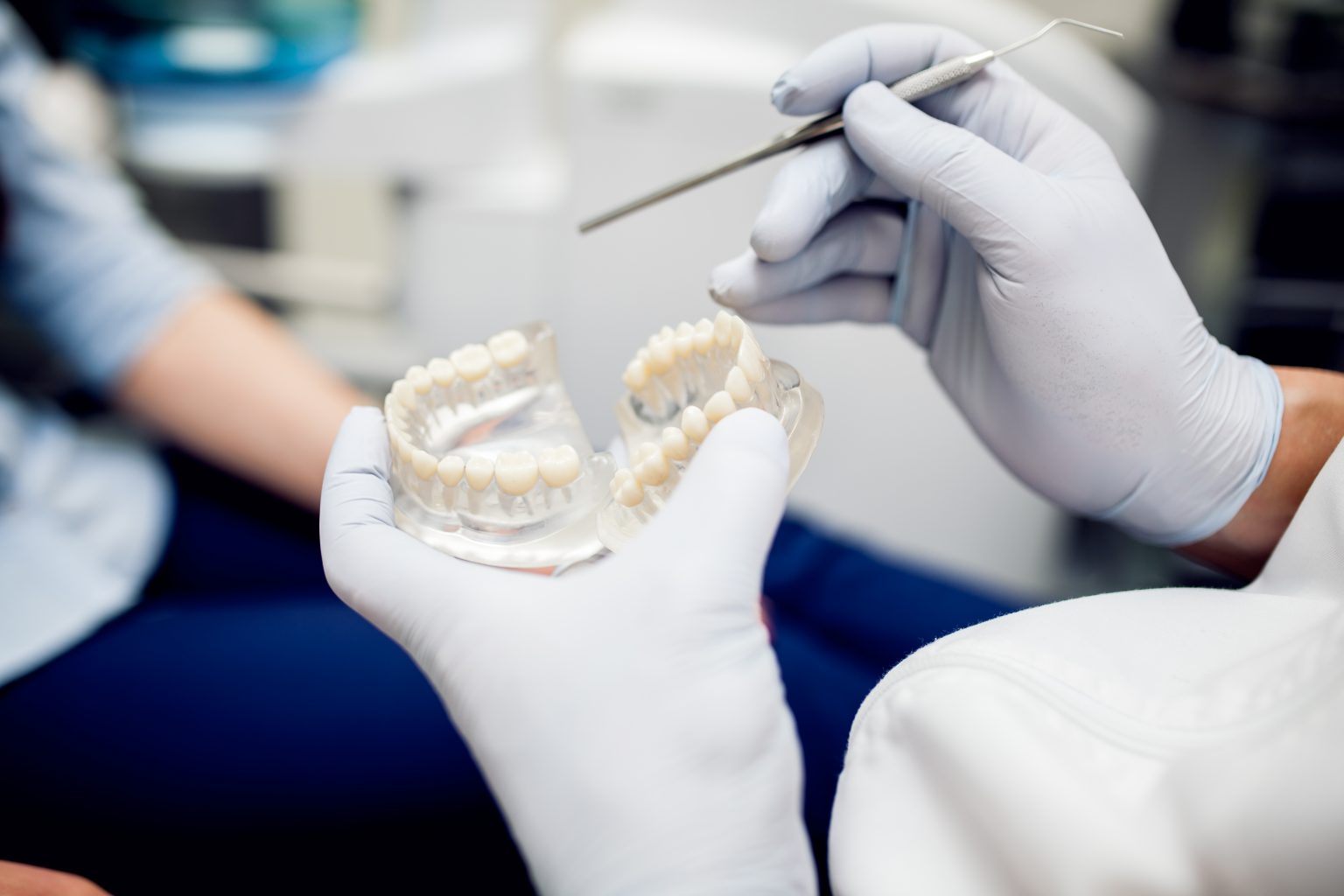Nitrous oxide, often referred to as laughing gas, has long been a staple in dentistry, providing patients with a relaxed and comfortable experience during various procedures. But what exactly is nitrous oxide, and how does it work? In this comprehensive guide, we delve into the science behind nitrous oxide, exploring its mechanisms, benefits, and applications in dental practice.
Understanding Nitrous Oxide
Nitrous oxide (N2O) is a colorless and odorless gas composed of nitrogen and oxygen molecules. It has a long history of use in medicine and dentistry due to its analgesic and anxiolytic properties. When inhaled, nitrous oxide induces a state of relaxation and euphoria, making it an effective sedative agent for dental procedures.
Mechanism of Action
Nitrous oxide acts primarily on the central nervous system (CNS), exerting its effects through multiple mechanisms:
- Activation of Opioid Pathways: Nitrous oxide activates opioid receptors in the brain, leading to pain relief and a sense of well-being.
- Modulation of Neurotransmitters: It enhances the activity of gamma-aminobutyric acid (GABA), an inhibitory neurotransmitter, resulting in sedation and anxiety reduction.
- NMDA Receptor Inhibition: Nitrous oxide inhibits N-methyl-D-aspartate (NMDA) receptors, which play a role in pain perception, further contributing to its analgesic effects.
- Stimulation of Endorphin Release: It triggers the release of endorphins, natural pain-relieving substances produced by the body, enhancing the overall pain-relieving effect.
Benefits of Nitrous Oxide in Dentistry
- Anxiety Reduction: Nitrous oxide induces a state of relaxation and calmness, alleviating dental anxiety and fear in patients.
- Pain Relief: It provides effective pain relief during dental procedures, minimizing discomfort and enhancing the patient experience.
- Quick Onset and Recovery: Nitrous oxide has a rapid onset of action, allowing for quick sedation induction, and its effects wear off rapidly once the administration is stopped, facilitating swift recovery.
- Titration Control: Dentists can adjust the concentration of nitrous oxide to achieve the desired level of sedation for each patient, ensuring optimal comfort and safety.
- Minimal Side Effects: Nitrous oxide is well-tolerated by most patients and has minimal side effects when administered correctly under professional supervision.
Application in Dental Practice
Nitrous oxide is commonly used in various dental procedures, including:
- Routine Cleanings: It helps patients relax during dental cleanings, making the experience more comfortable and enjoyable.
- Fillings and Restorations: Nitrous oxide can be used to alleviate anxiety and discomfort during fillings, crowns, and other restorative procedures.
- Extractions: It provides pain relief and relaxation for patients undergoing tooth extractions or oral surgery.
- Pediatric Dentistry: Nitrous oxide is particularly beneficial for pediatric patients, helping them feel at ease and cooperative during dental visits.
Safety Considerations
While nitrous oxide is generally considered safe when administered by trained professionals, certain precautions should be taken:
- Patient Screening: Dentists should conduct a thorough medical history review and assess the patient’s suitability for nitrous oxide sedation, considering factors such as respiratory conditions, pregnancy, and drug allergies.
- Proper Administration: Nitrous oxide should be administered using calibrated equipment and precise flow rates to ensure accurate dosing and patient safety.
- Monitoring: Patients should be closely monitored throughout the procedure, including vital signs such as heart rate, blood pressure, and oxygen saturation levels.
- Ventilation: Adequate ventilation is essential to prevent the buildup of excess nitrous oxide in the dental operatory, minimizing the risk of exposure to both patients and dental staff.
Conclusion
Nitrous oxide continues to be a valuable tool in modern dentistry, offering patients a safe and effective means of relaxation and pain management during dental procedures. By understanding the science behind nitrous oxide and its mechanisms of action, dentists can optimize its use to enhance patient comfort and satisfaction, ultimately contributing to better oral health outcomes and a positive dental experience for all.



